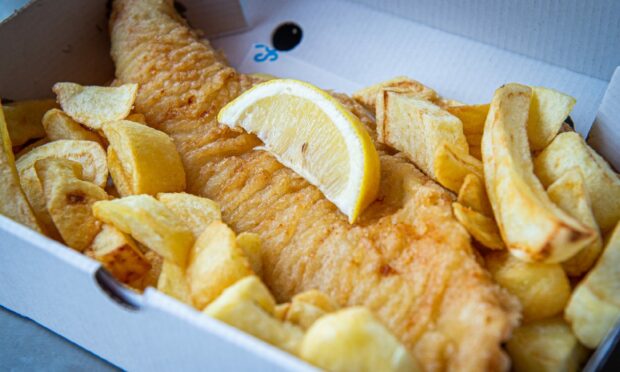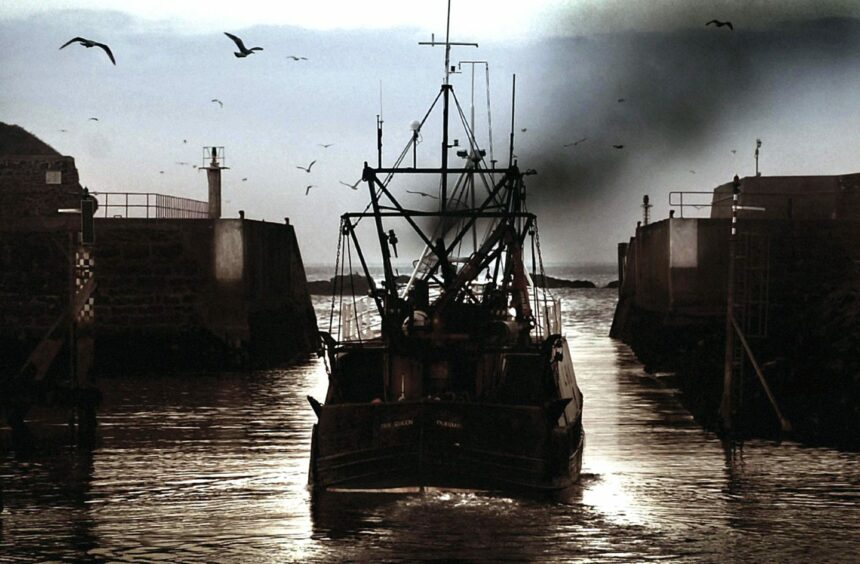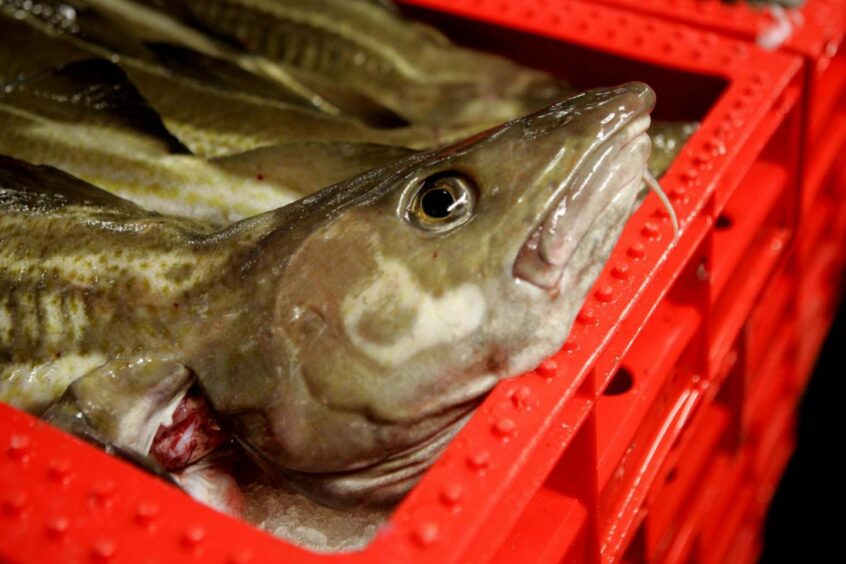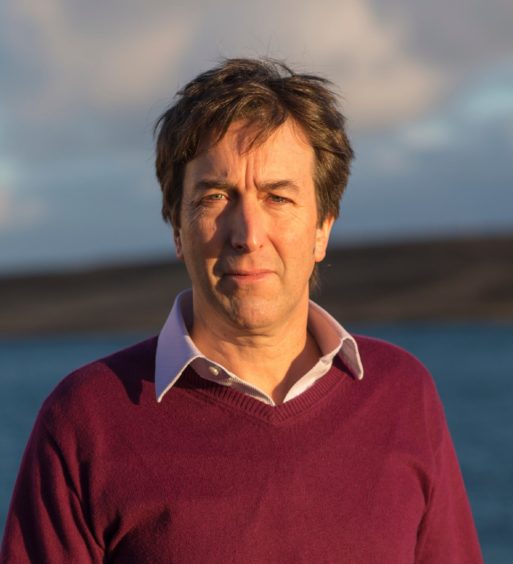Stocks of Scotland’s key commercial fish species – especially haddock and cod – are at their highest level for decades, according to new official assessments.
Non-governmental organisations (NGOs) around the world lobby hard for more measures, including curbs on fishing, to protect fish stocks they say are under threat.
But the spawning stock biomass (SSB) of haddock in the North Sea – the total weight of fish that are old enough to spawn – is the largest it has been since 1972.
And the SSB for North Sea cod is the biggest since 1998.
Cod is the staple ingredient of fish suppers south of the border, while Scots tend to prefer haddock.
Other species in the North Sea, such as whiting and plaice, are also up in number and predicted to rise further.
The data is from the International Council for the Exploration of the Sea (Ices), an influential group of scientists who guide fisheries policymaking in Europe.
Scottish fishing chiefs say the latest stock assessments underline why scientists are recommending catch increases next year.
A further boost to the industry has come in a new report – Trends in Scottish Fish Stocks 2022 – by fisheries science expert Ian Napier of UHI Shetland.
‘Relatively high abundances’
It says the overall picture “continues to be one of relatively high abundances,
following increases over the last two decades, and of relatively low levels of
exploitation following decreases over the same time period.”
The report adds: “The aggregate white-fish spawning stock biomass has increased
dramatically over the last two decades and is now at a record high level.
“Over much the same period the average level of fishing mortality of white-fish stocks
has fallen substantially to record-low levels.”
Shetland Fishermen’s Association executive officer Simon Collins said: “We face a continuous parade of environmental NGOs popping up to tell government and consumers that fish stocks are under threat, exhausted or bordering on extinction.
“As Ices itself points out, this is quite literally codswallop.
“The family-owned businesses that comprise our white-fish fleet here in Shetland have been fishing sustainably for generations and should never have been drowned out by doomsayers with their own anti-fishing agendas.”
Mr Collins added: “Politicians and officials in government need to recognise the reality of the state of our stocks and resist all attempts to damage our industry by those who talk it down without a shred of evidence for their claims.”
Earlier this month, annual figures for Shetland fish and shellfish landings showed an increase in volume but a drop in value.
Just over 54,000 tonnes – worth some £72 million – were landed in the islands during 2020, nearly half of it by Shetland boats.
The total tonnage was up by 7% year-on-year but the value fell 10%.




Conversation